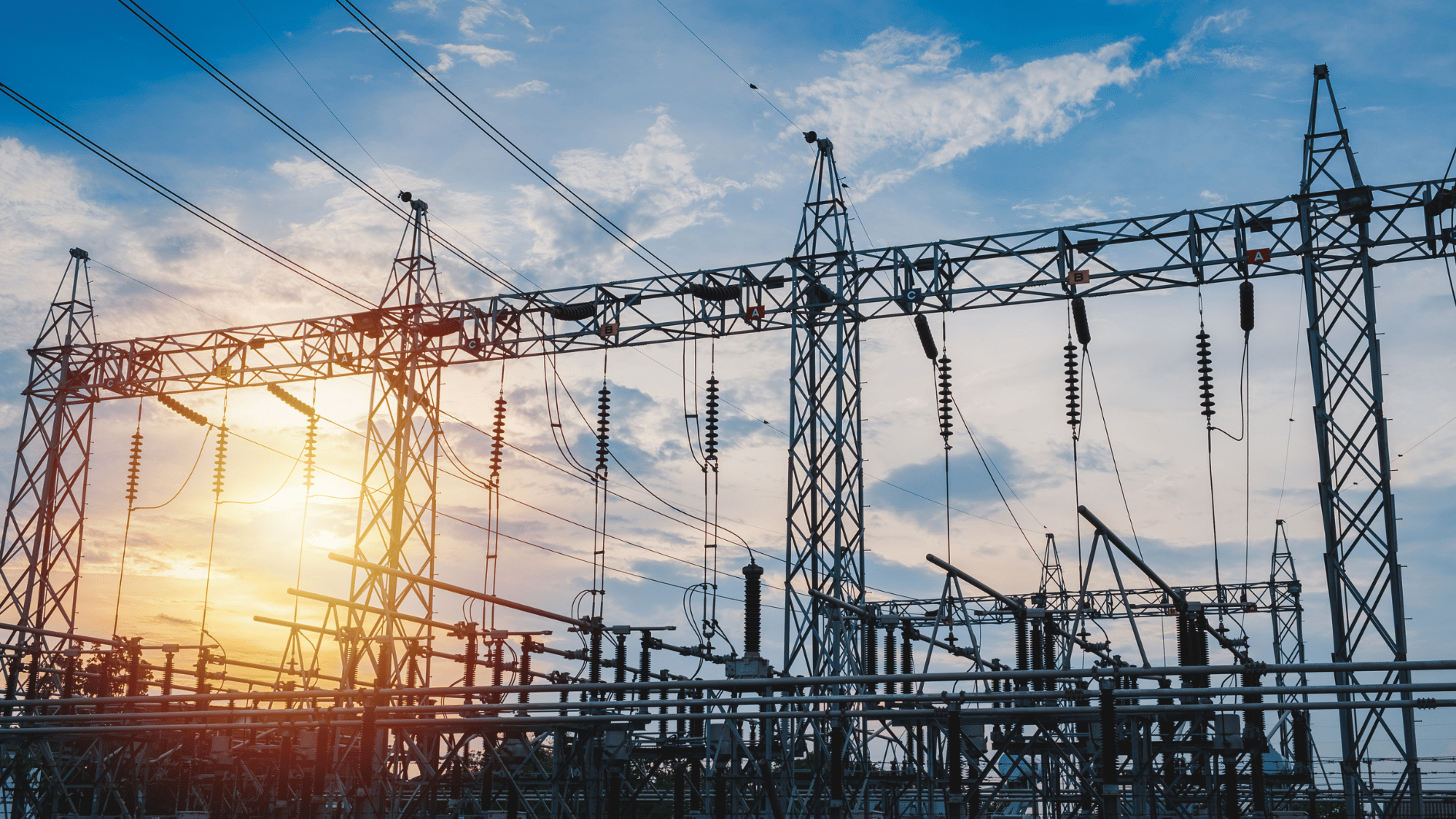News Categories: Solar Energy
Renewable energy market holds strong amid policy shifts and rising demand
The renewable energy sector continues to expand, despite policy uncertainty under the Trump administration.
Community solar expands by a record 1.7 GW in 2024, surging 35%
The U.S. community solar market experienced its strongest year yet in 2024, adding 1.7 GW of new capacity – an increase of 35% from the previous year – driven by…
Record-Breaking Solar Capacity Additions in the U.S. for 2024
The U.S. solar industry experienced unprecedented growth in 2024, dominating new energy capacity additions and reinforcing its role as a key player in the nation’s clean energy transition.
Global electricity demand set to surge, with renewables poised to meet growth
Global electricity demand is set to rise nearly 4% annually through 2027, with solar energy expected to meet much of the increase.
AI-driven demand spurs sustainable data center growth
As AI drives growing computing demands, tech companies are increasingly incorporating solar, wind, and battery storage into data center developments.
U.S. solar manufacturing booms, but federal incentives face uncertainty
The U.S. solar manufacturing sector has surged to record levels, but its continued growth remains uncertain as federal incentives that fueled the expansion face potential policy changes in Washington.
U.S. solar manufacturing surpasses 50 GW: a new era of energy independence
The U.S. has surpassed 50 GW of domestic solar module manufacturing capacity, marking a major milestone in clean energy independence, job creation, and the expansion of a self-sustaining solar supply…
U.S. Department of Labor approves national apprenticeship guidelines for solar industry
The U.S. Department of Labor (DOL) has given its approval for national guidelines governing Registered Apprenticeship programs in the solar industry.
Farmers face growing land competition as solar energy expands
With the demand for renewable energy surging, policymakers, farmers, and energy developers are seeking solutions to balance agriculture and solar expansion.
NYPA approves first-ever statewide renewables strategic plan to boost clean energy development in New York
To further accelerate the clean energy transition, NYPA has reopened its Request for Qualifications (RFQ) to attract additional private developers, including community-based organizations interested in partnering on renewable projects.
Need help choosing a solution for you?
Just create an application, and we’ll help with the selection.











